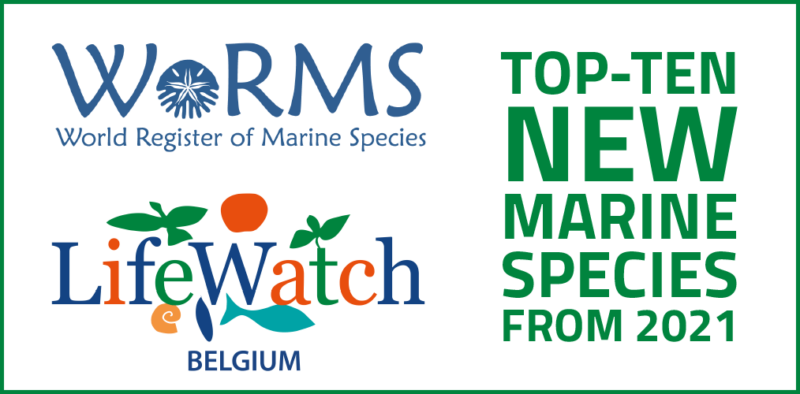Actiniaria – or sea anemones – are now accessible through their very own portal within the World Register of Marine Species (WoRMS), an initiative whose data management team is supported by LifeWatch Belgium. The information in the new World List of Actiniaria contains information rescued from the Hexacorallians of the World Database of the late Daphne Fautin, and the portal’s launch is partially linked to the last phase of integrating all information from the Hexacorallians of the World database into WoRMS.
The benefit of this is that this data can now be freely accessible through a solid platform with dedicated maintenance and the promise to stay online indefinitely. A treasure of extra information has been added to the different groups within the Hexacorals in WoRMS, including the addition of 1,842 names, 2,177 original descriptions, 25,312 distributions, 48,649 specimen records and many more additional references and vernaculars. And as the involved editors – Meg Daly & Estefania Rodriguez – also aimed for more visibility for the Actiniaria, a dedicated portal for this group has now been launched, with a very similar look-and-feel as the already existing portal of the World List of Scleractinia.
The data integration is also a contribution to the WoRMS-endorsed project within the UN Ocean Decade, where WoRMS continues to support not only scientists, but everyone who makes use of species names, including policymakers, industry and the public at large. Providing a separate portal for this species group provides it with a wider visibility for a larger audience.
This news item was adapted from an article on the LifeWatch Belgium website.









